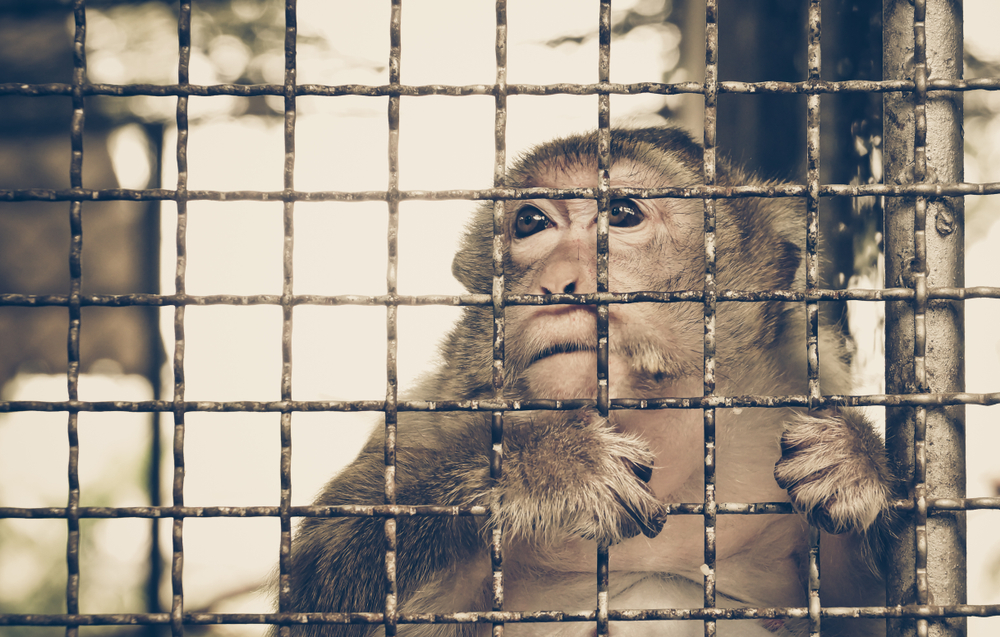
Thanks to data unveiled through Freedom of Information Act requests, the nonprofit EcoHealth Alliance launched the largest scale database of U.S. animal imports in history last week and, in the process, revealed that the nation imported more than 3.2 billion live animals over 15 years.
The data deals with the legal wildlife trade between 2000 and 2014. All information pulled for the report originally stemmed from the U.S. Fish and Wildlife Service’s Law Enforcement Management System (LEMIS), designed to track U.S. imports and exports of live organisms and wildlife products. Data from such reports has been tapped before, but the reports are never published in full.
“Wildlife trade not only threatens biodiversity but can also introduce invasive species and potentially harmful pathogens to new populations,” Dr. Peter Daszak, EcoHealth Alliance President and co-author of the report, said. “Pathogens as significant as Ebola and monkeypox viruses have entered the U.S. this way and wildlife trade has been linked to global pandemics like bird flu and SARS.”
Notably, the new report is also highly searchable by a number of data points: species, value, country of origin, date of shipment, port of entry, and importers among them. Some aspects the data unveils are that the most common importation reasonings tended to be for use in the pet trade, scientific research, and the fashion industry. That data has been posted in its entirety online, freely accessible, though the report was originally published in the journal Scientific Data.
The compiling scientists hope that others will analyze the data and pull greater understanding from it, primarily due to the difficult nature of documentation. Due to differing regulations and monitoring efforts between countries, how wildlife and animal products enter the United States tend to be muddled.
“Without a better understanding of global wildlife trade networks, it’s impossible for us to make any necessary improvements to protect not only the species being traded but also the people trading them,” Dr. Evan Eskew, EcoHealth Alliance Research Fellow and lead author, said. “My hope is this dataset will lend itself to a variety of further research aimed at protecting ecosystems, animal welfare, and public health.”




